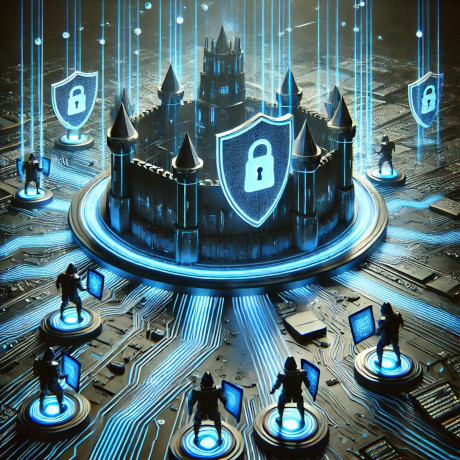The threat is unseen yet ever-present. It moves in silence, waiting for the moment when vigilance lapses, when a single email attachment is clicked without thought, when a password is reused out of convenience, when the air of modernity lulls men into believing their systems are impenetrable. Law firms, the guardians of confidential knowledge, the vaults of privilege, stand among the most desirable targets for those who would breach and plunder.
A single failure is all it takes. A firm may have existed for decades, its name respected, its walls lined with leather-bound volumes of wisdom, its partners seasoned in the art of legal combat. Yet one misstep in cyber vigilance, one moment of weakness, and the fortress is undone. The adversary does not announce himself. He does not arrive at the office door with demands. He infiltrates in the quiet hours, extracting, copying, encrypting, leaving behind only the cold ransom note or, worse, nothing at all—just the certainty that the sanctity of trust has been shattered.
To defend against such catastrophe, a law firm must act not with complacency but with the vigilance of a fortress under siege. The first line of defense is education, for what good are firewalls and encryption when an employee, deceived by a well-crafted email, hands over the keys to the castle? Every member of the firm, from the senior partner to the temporary clerk, must recognize the enemy’s tactics—phishing emails, fraudulent wire requests, malicious attachments masquerading as innocent invoices. Awareness is the first bastion.
But awareness alone is not enough. Passwords, those brittle chains upon which so much security depends, must be replaced with ironclad multi-factor authentication. A password alone is weak, easily stolen, but combined with a second factor—a device, a biometric signature—it becomes a lock that cannot be so easily picked.
And yet, no password, no firewall, no policy can hold indefinitely against a threat that adapts, that evolves. Systems must be monitored constantly, not by passive eyes but by artificial sentinels, security programs that analyze behavior, that detect anomalies before they become breaches. If a login occurs from an unfamiliar device, an unrecognized location, action must be swift and unrelenting.
Data itself must be guarded at the core. Encryption must be the norm, not the exception. A file left unprotected, an email sent without safeguards, is an invitation to the adversary. And should the worst come to pass—should the breach occur despite every measure—the firm must not be left helpless. Backups, kept safe and uncorrupted, must be prepared. An incident response plan must be rehearsed as a general prepares for war. There can be no scrambling, no desperate attempts to undo what has already been done. Only swift containment, only mitigation.
The war against cyber threats is one without end. No firewall is eternal, no system unbreakable. But vigilance, preparation, discipline—these are the weapons by which a law firm may stand its ground. For in the end, it is not the strength of the hacker that determines victory, but the resolve of those who defend against him.

Leave a Reply